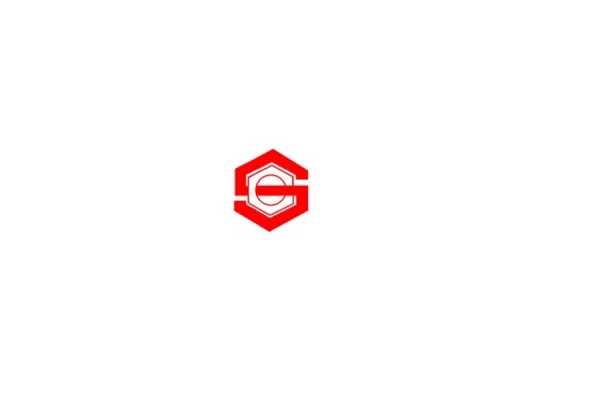Buy Deepak Nitrite Ltd For Target Rs.2,895 - JM Financial Institutional Securities
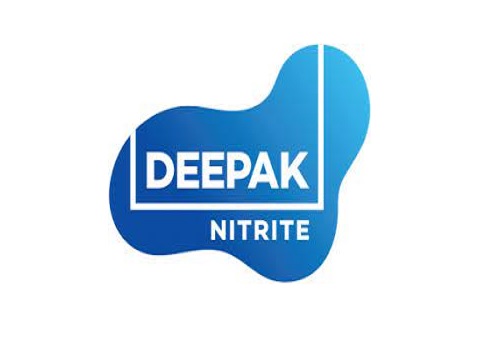
Widening phenol-acetone spread bodes well
The phenol-acetone spread over benzene-propylene has started to move up of late (up ~5% QoQ in 2QFY23TD, Jul’23 spread was the lowest in the last 9 years – refer Exhibits 1 and 2). We believe this to be due to i) sharp correction in propylene prices due to lacklustre downstream demand for propylene derivatives, ii) decline in benzene prices, driven by the drop in crude prices, and iii) rise in phenol prices, led by increase in downstream demand and supply shortages of Bisphenol-A (BPA) (especially in China). Besides this, Europe accounts for ~18-20% of global phenol production and with the current surge in European natural gas and electricity prices, European phenol production is unlikely to be competitive vs. other regions. Hence, we expect the phenol-acetone spread to continue its upwards trajectory in 2HFY23. This is favourable for Deepak Nitrite given it derives ~55% of EBIT from the phenolics business. We maintain BUY with an unchanged Sep’23 TP of INR 2,895/share (based on 28x Sep’24E EPS) (revalidated with DCF).
*Propylene prices drop due to lacklustre downstream demand; likely to remain weak: Asian propylene prices have corrected ~15% over the past 3 months, while European propylene prices have dropped by ~69% over past 3 months (refer Exhibit 3). The recent price correction is likely to be on account of weak downstream demand across geographies, especially Europe. As per industry reports, despite such a huge pricing difference between Europe and other regions, European propylene demand has been sluggish. Moreover, Asian propylene prices are also likely to remain weak on account of poor demand for downstream propylene oxide.
* Phenol prices are likely to firm up further: Phenol prices have jumped 7% over the last 3 months (refer Exhibit 4). Globally, ~40-45% of phenol is used to make BPA and almost 75-80% of BPA is used to make polycarbonates. Currently, in China, supplies of BPA are limited as a) several Chinese producers have ramped up polycarbonate production and limited their commercial supplies of BPA, and b) several Chinese BPA producers are under maintenance shutdown. Given that Sep-Dec is a typically peak season for BPA downstream products, BPA prices could remain firm amid supply shortages. Hence, we believe that phenol prices could move up further due to robust BPA demand.
* Variable cost for European phenol producers have gone through the roof: At USD 1/mmbtu, per tonne cost of steam generation comes out to USD 2.6. To produce 1 tonne of phenol, ~3 tonne of steam and 182 kWh power is required (Exhibit 5). Hence, for Europe, at natural gas price of USD 50-70/mmbtu, cost of producing 1 tonne of phenol has jumped to USD 390 (at USD 50/mmbtu*2.6*3 tonne of steam) from USD 70-78 (at USD 9-10/mmbtu). Moreover, at electricity cost of EUR 0.45/kWh, power cost for phenol production has jumped to USD 82/tonne (from USD 5-8/tonne). Hence, their overall variable cost of production has become USD 470 per tonne (or INR 37/kg) of phenol. So, despite lower propylene prices in Europe, European phenol producers would be at a disadvantage compared to other geographies. This bodes well for phenol prices. Amid lower cost in other regions, firm product prices would result in better phenol spreads, in our view.
Valuation
Valuation We use DCF to value Deepak Nitrite. Our DCF model is building in 12% EBITDA CAGR over FY22-25E, 13% over FY25-35E, and 8% over FY35-44E. We have taken a WACC of 12% and 5% terminal growth. Based on these assumptions, our DCF-based TP is INR 2,895 (implying 28x Sep’24E EPS). Basis our reverse DCF calculation, at CMP, the market is factoring in 10% EBITDA CAGR over FY22-25E, 12% CAGR FY25-35E, and 8% over FY35- 44E.
To Read Complete Report & Disclaimer Click Here
Please refer disclaimer at https://www.jmfl.com/disclaimer
CIN Number : L67120MH1986PLC038784
Above views are of the author and not of the website kindly read disclaimer
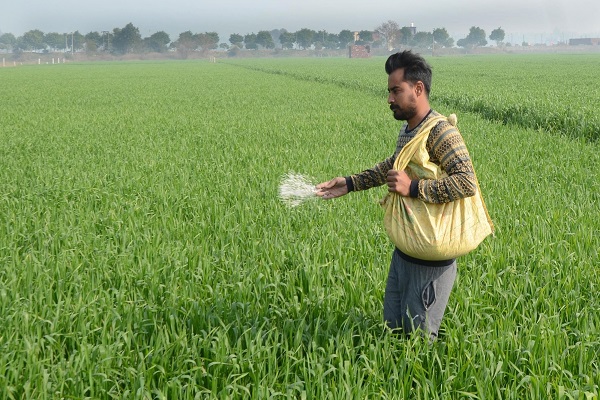





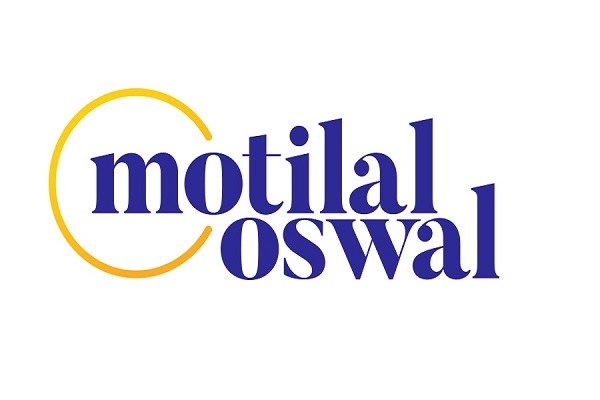
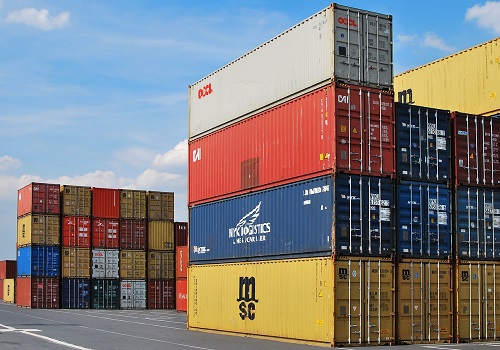
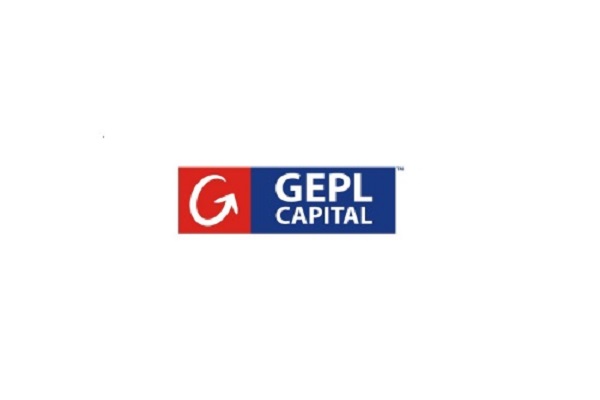
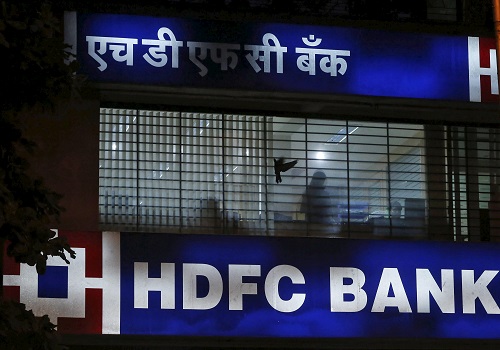



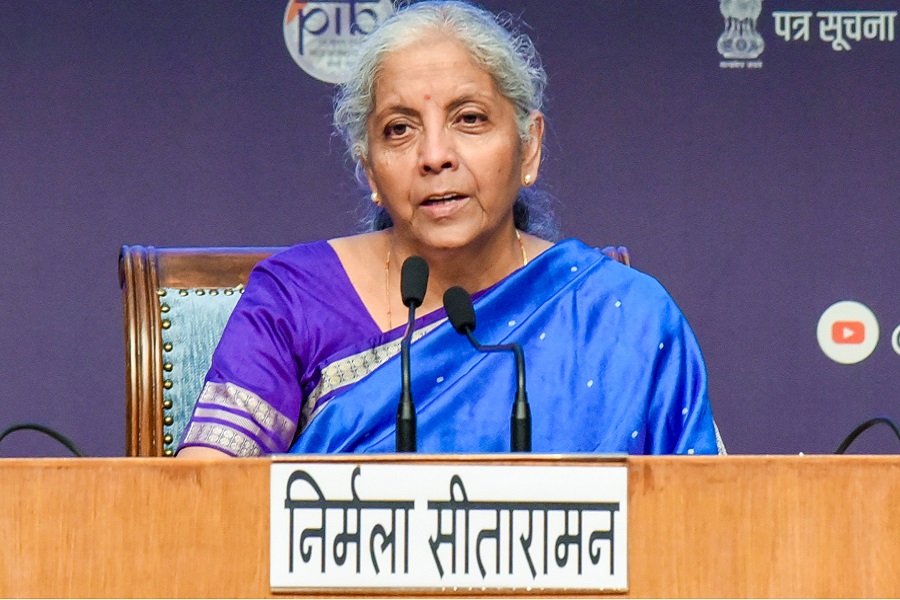



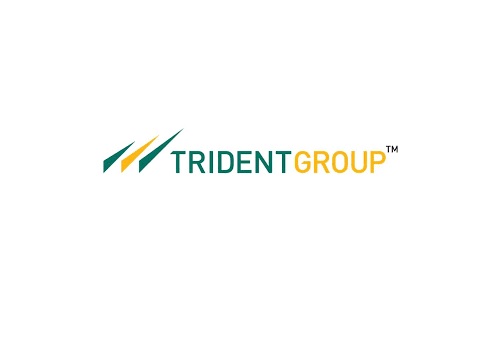
.jpg)


